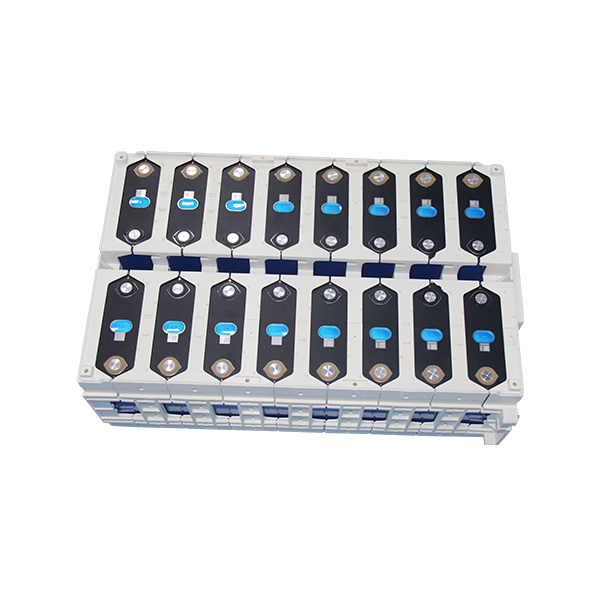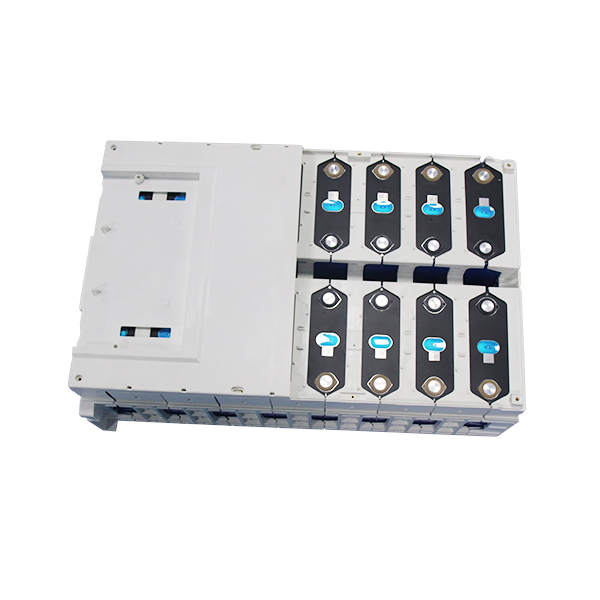What aspects do battery energy storage systems include
The composition of energy storage system mainly includes battery system, PCS inverter system, box transformer system (if any), station transformer system (if any), energy management system and monitoring system (SCADA system), primary and secondary cables, etc.
1. Battery system
We know that the current energy storage methods are mainly divided into three categories: physical energy storage (pumped storage, compressed air storage, flywheel storage, etc.), chemical energy storage (lead-acid batteries, redox flow batteries, sodium sulfur batteries, lithium-ion batteries), and electromagnetic energy storage. Due to economic and application scenarios, chemical energy storage is the most widely used in addition to pumped storage. From the international and domestic markets, the application of lithium-ion in chemical energy storage is more common.
2. PCS inverter system
The energy storage bidirectional converter, abbreviated as PCS, can achieve AC/DC conversion between the battery and the power grid, complete bidirectional energy flow between the two, and achieve charge and discharge management of the battery system, grid load power tracking, battery energy storage system charge and discharge power control, and control grid measurement voltage under normal and islanded operation modes through control strategies; It has the characteristics of high conversion efficiency, wide voltage input range, fast and off grid switching, and convenient maintenance. At the same time, it has complete protection functions, such as island protection, DC overvoltage protection, and low voltage ride through (optional), to meet the requirements of system integration and off grid.
3. Box transformer system (if any)
If a high-voltage (6kV, 10kV, 20kV, 35kV, etc.) grid connected system is used, a box transformer must be used to complete the boosting task. To minimize electromagnetic interference and circulating current effects between the two branches, a double split transformer is used in the box transformer system, and other parameters are not significantly different from those of wind power and photovoltaic.
4. Station substation system (if any)
Provide AC power for equipment in the substation, such as lighting, HVAC, maintenance, protective screens, energy storage motors in high-voltage switchgear, switch energy storage, and power supply for living and working facilities, which require power operation. If it forms a multi energy complementary power station with wind power, photovoltaics, etc., it can share a station transformer system with wind power or photovoltaics. At the same time, select the appropriate station transformer capacity based on the electricity load.
5. Cable (primary and secondary)
Communication ZR-YJV22 or ZR-YJV23 flame-retardant cross-linked polyethylene insulated power cables have the characteristics of high mechanical strength, good environmental stress resistance, excellent electrical performance, and chemical corrosion resistance. They are lightweight, simple in structure, and convenient to use. This product is suitable for transmission and distribution lines with rated AC voltage of 35kV and below.
The characteristic of ZR-RVVP control cable low smoke halogen-free flame retardant cable is that the cable not only has flame retardant performance, but also has low smoke generation and harmlessness (low toxicity and corrosion), suitable for places with special requirements for cable flame retardancy, smoke density, and toxicity index.
6. Battery management system BMS, energy management system EMS
The battery management system BMS mainly manages the charging and discharging protection of battery packs. When fully charged, it can ensure that the voltage difference between individual batteries is less than the set value, achieving uniform charging of each individual battery in the battery pack, effectively improving the charging effect under series charging mode. Simultaneously detect the overvoltage, undervoltage, overcurrent, short circuit, and overheating status of each individual battery in the battery pack to protect and extend the battery's service life. The BMS system is provided as a complete set with lithium-ion batteries.
The energy management system EMS mainly monitors the real-time operating status information of the power station, including system power curve, battery voltage and temperature information, cumulative processing power information, and other agreed monitoring information. And remote monitoring software can be established in the server to remotely control and download data, provide real-time alarms, and transmit them to designated mobile phones.
7. Monitoring system and related access system equipment
The basic functions of the battery energy storage monitoring system include: measurement monitoring function, data processing function, analysis and statistics function, operation control function, event alarm function, protection management function, human-machine interface function, accident recall and historical inversion function, historical data management function, remote control and forwarding function, and system maintenance function.
The equipment related to the access system is an integral part of the entire monitoring system. Due to the different construction of power grids in different regions, the equipment required for the access system varies. However, according to national standards such as GB and DL, some common equipment can still be found.
The harmonic, voltage fluctuation, flicker and other power quality indicators of the energy storage system connected to the public connection point need to be monitored, and power quality equipment needs to be used for monitoring and feedback to the power grid company.
The configuration and setting of energy storage system protection should be compatible with the grid side protection equipment, and should be coordinated with the grid's emphasis on closing strategy. Safety automatic devices are required to form the "three fire lines" of the power grid company.
The energy storage system should be equipped with an energy metering device, which should be located on the outlet side or at the common connection point of the energy storage system.
The energy storage system is connected to the power grid to meet the scheduling requirements of the power grid, including the power scheduling data network and secondary security equipment.
Due to the involvement of multiple devices in the access system, it will not be described one by one.
Summary: The composition of energy storage systems varies depending on the characteristics of the project. If combined with photovoltaic or wind power, there is no need to set up a separate station transformer system; If low-voltage grid connection is adopted, the box transformer system will not be involved. Different access reports (approvals) lead to changes in the entire monitoring system equipment.
-
1What is a distributed energy storage system

2024-07-09
-
2What is the difference between high-pressure energy storage systems and traditional energy storage systems?

2024-07-09
-
3Comparison of advantages and disadvantages of various energy storage systems

2024-07-09
-
4Composition of energy storage system

2024-07-09
-
5Analysis of the advantages and disadvantages of commonly used batteries in energy storage systems

2024-07-09
-
6The role of energy storage systems in microgrids

2024-07-09
-
7What aspects do battery energy storage systems include

2024-07-09
-
8Huzhou Energy Storage Integrated Machine Manufacturer: Energy Storage System Equipment Safety

2024-07-09





